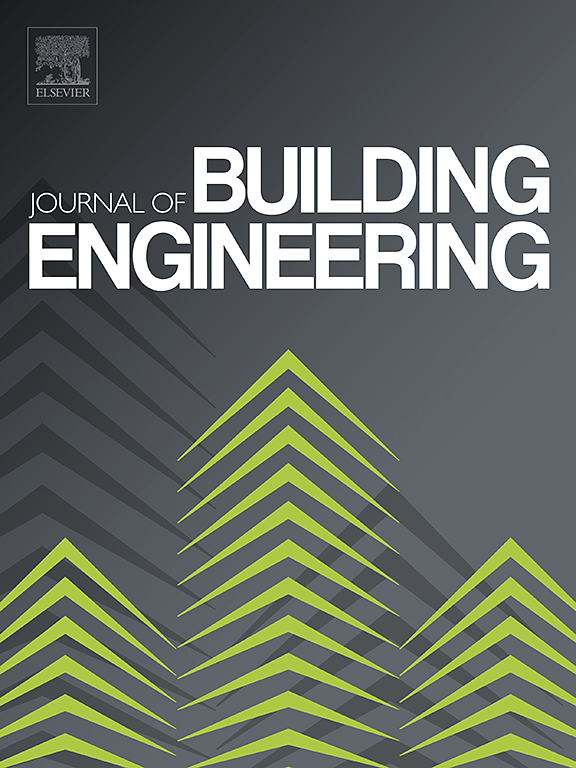Rheological properties of high-performance concrete reinforced with microfibers and their effects on 3D printing process
IF 6.7
2区 工程技术
Q1 CONSTRUCTION & BUILDING TECHNOLOGY
引用次数: 0
Abstract
Fiber-reinforced composites have been used to improve the mechanical properties and overall performance of 3D printed concretes. Short fibers improve mechanical properties as well as reduce cracking due to autogenous and drying shrinkage of printed material. Moreover, the rheological properties of micro-reinforced composite materials play an important role to improve their processability by additive manufacturing. Therefore, the present study investigates the effect of micro-fibers addition on rheological properties and 3D printing processability of concrete based composites. For that a set a concrete mixtures containing steel, rock wool, or cellulose microfiber (varying from 0.5 wt% to 2.0 wt%) were produced. An extensive rheological assessment of the mixtures, utilizing oscillatory tests modes, like amplitude, frequency and time sweep, was conducted. The capacity to produce a continuous filament (extrudability test) and the ability to support successive layer deposition without failure (buildability test) were evaluated. The results show that incorporating fibers on concrete allows precise control of the material’s rheological properties, leading to optimize printability. The fibers addition increases the storage G’ and loss modulus G’’ of concrete, with the cellulose reinforced concrete exhibiting the highest storage G’ and loss modulus G’’. Consequently, fiber addition affects layer support and open time during printing. Among the tested materials, cellulose fibers had the most significant impact on the concrete rheological behavior. Furthermore, extrusion nozzle size should be adjusted according to fiber length to prevent clogging during extrusion. These findings contribute to better understanding the role of rheological properties in optimizing the 3D printing process of microfiber reinforced concrete.
求助全文
约1分钟内获得全文
求助全文
来源期刊

Journal of building engineering
Engineering-Civil and Structural Engineering
CiteScore
10.00
自引率
12.50%
发文量
1901
审稿时长
35 days
期刊介绍:
The Journal of Building Engineering is an interdisciplinary journal that covers all aspects of science and technology concerned with the whole life cycle of the built environment; from the design phase through to construction, operation, performance, maintenance and its deterioration.
 求助内容:
求助内容: 应助结果提醒方式:
应助结果提醒方式:


